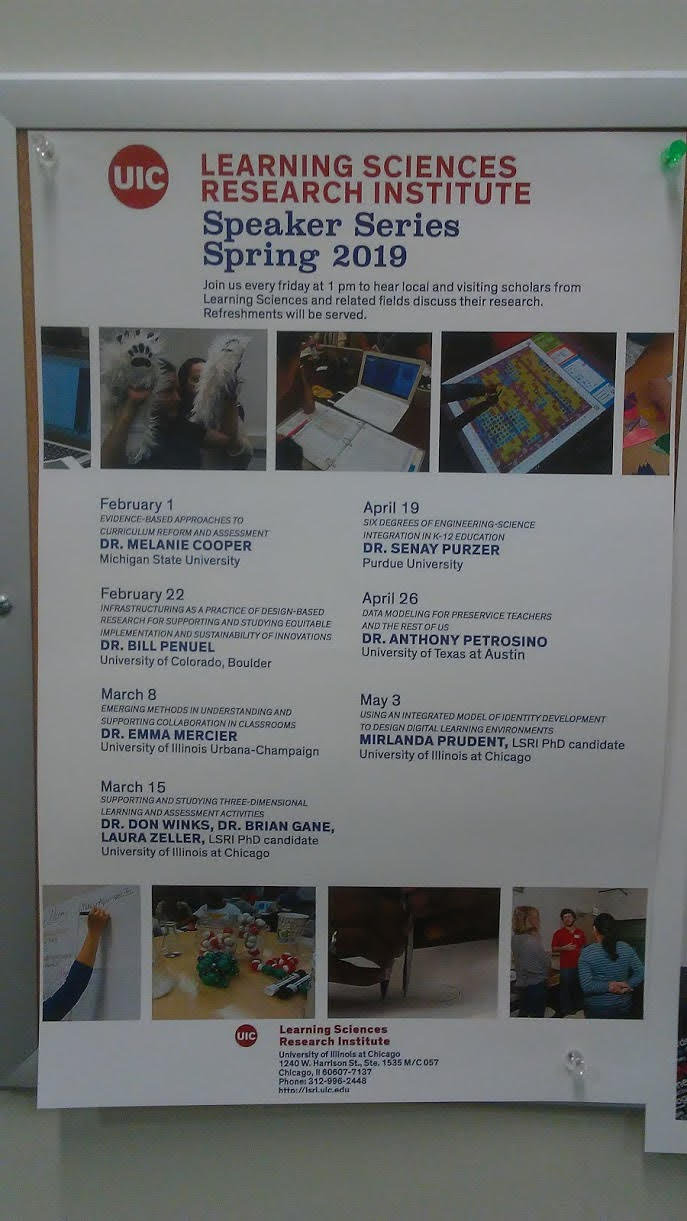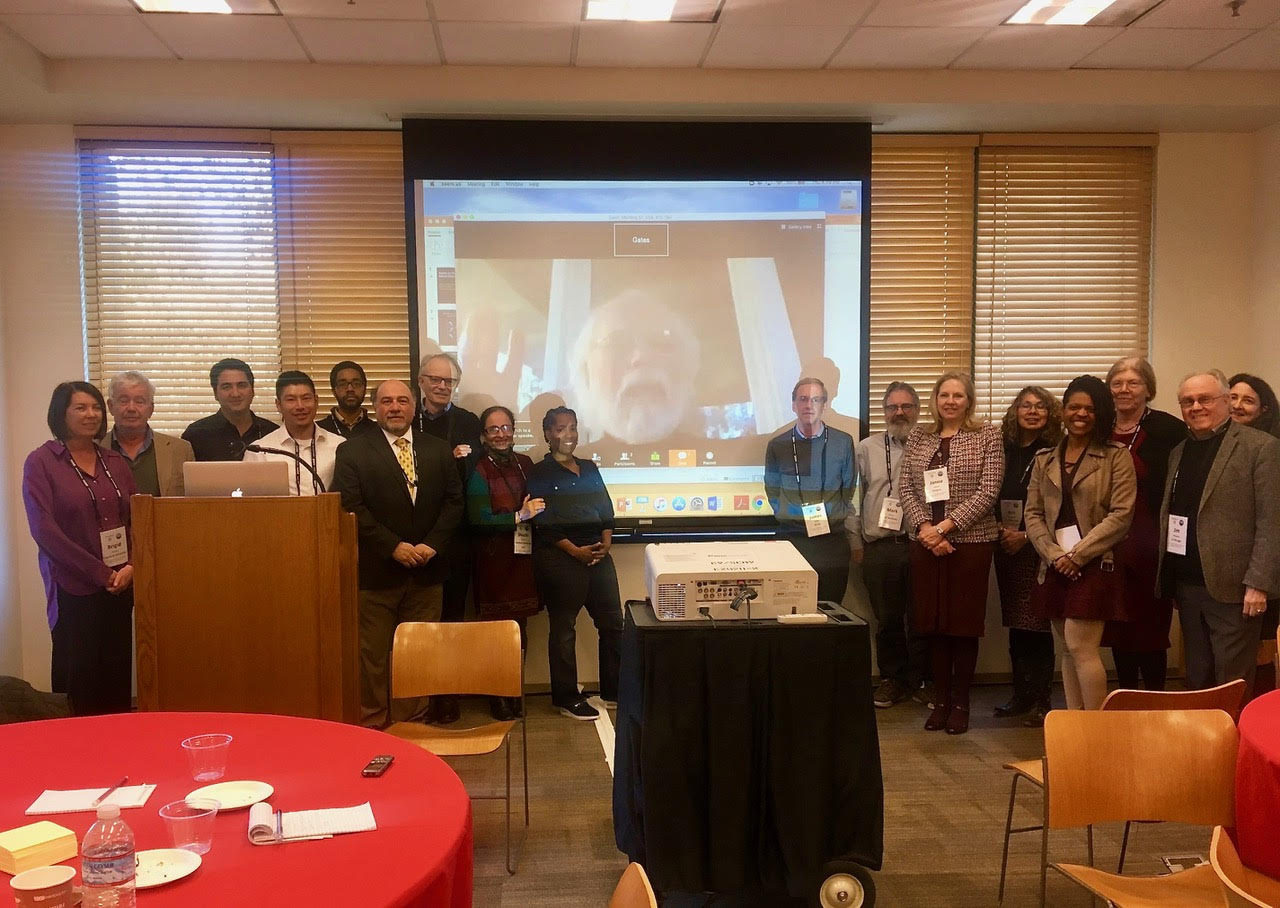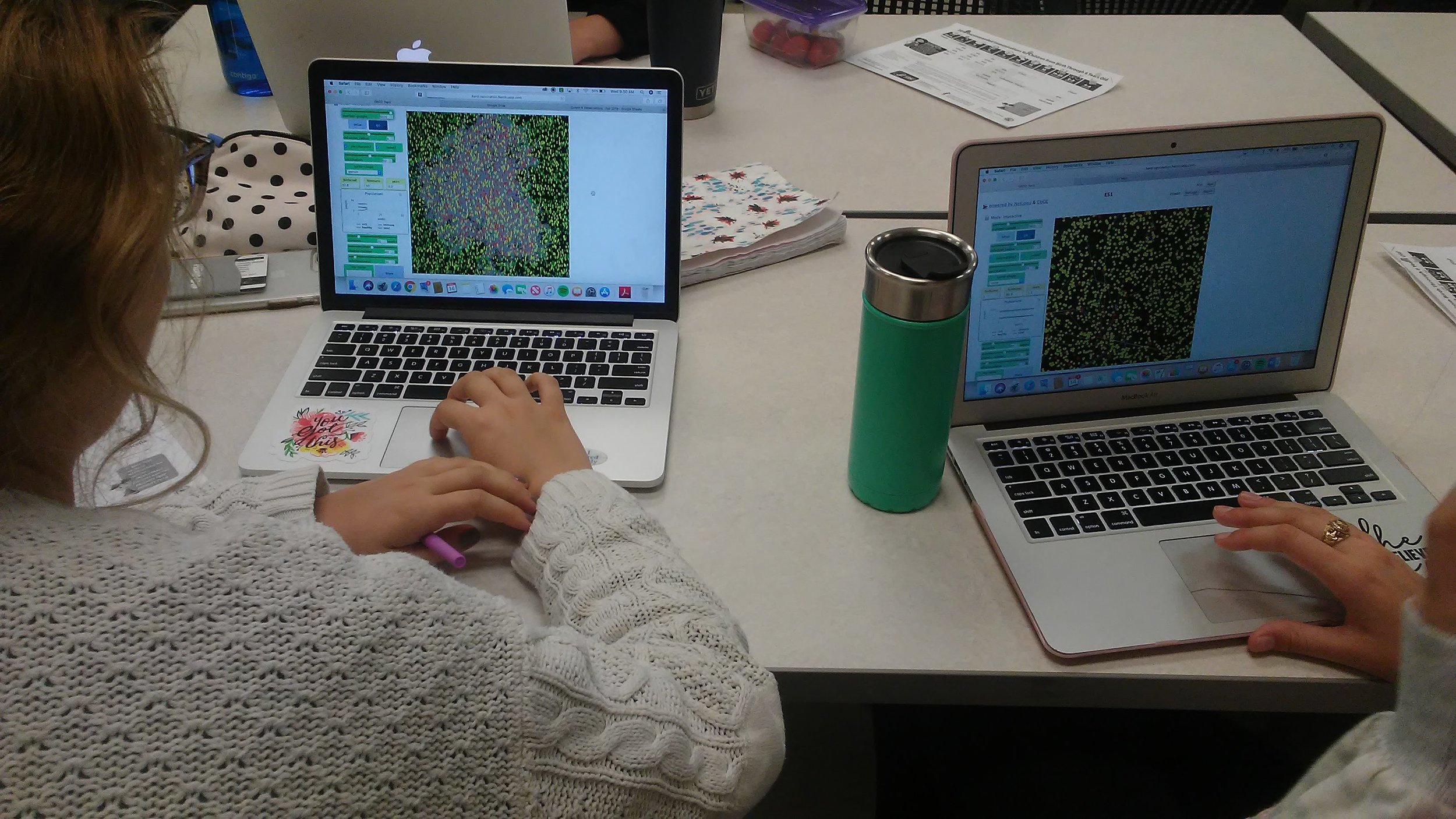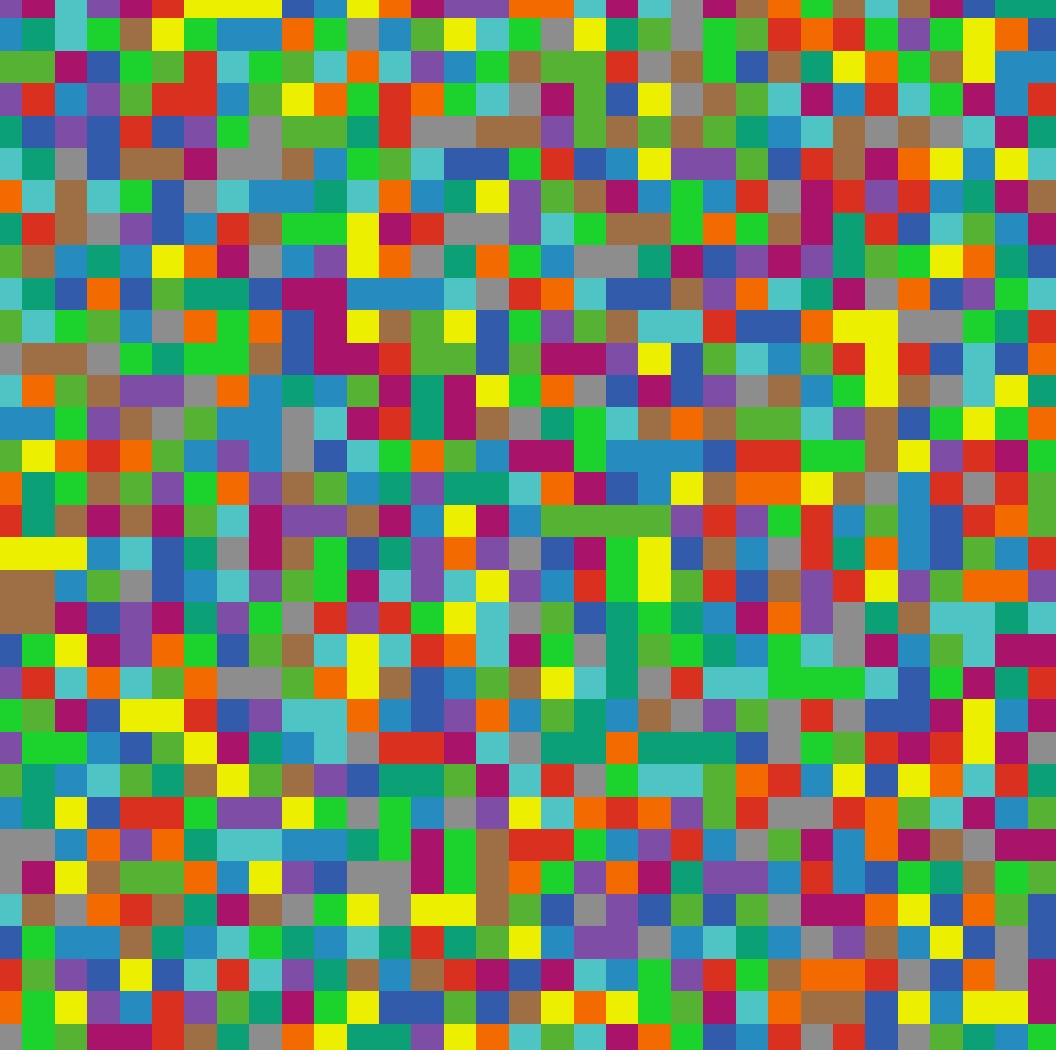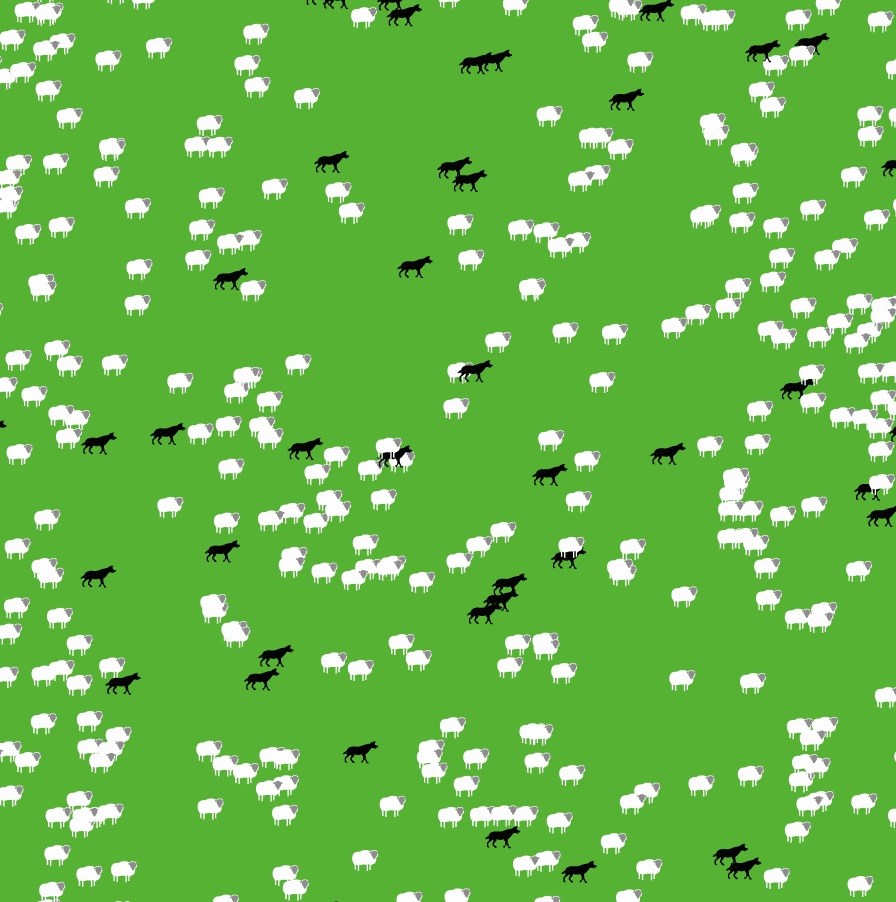Using Agent-Based Modeling Collaboratively in Learning Environments
The typical science classroom:
Perhaps the most conspicuous feature of school-based learning is that it takes place in a group setting. A teacher and a collection of students gather in a physically contiguous location with the intent of advancing meaningful domain-related insight and learning outcomes. More often than not, however, the potential of these group settings for pursuing highly interactive and immersive forms of content-specific learning is underutilized.
collaborative learning environments:
Group-Based Cloud Computing (GbCC) provides an alternative to the Initiation (teacher) - Response (student) - Evaluation (teacher) sequence of instruction typical of the classroom described above (Wells, 1993). GbCC is agent-based modeling program, powered by NetLogo Web, that allows learners to work collaboratively to participate in, author, and share models. Models developed in NetLogo Web cover a range of domain content including, but not limited to: disease transmission, population dynamics, physical phenomena, and social stratification. GbCC provides network supported, generative design based learning and teaching opportunities (Stroup, 2012).
This project seeks to use GbCC technologies to encourage teachers and students to participate more fully in socially mediated learning and teaching to broaden and deepen interest in authentic STEM fields, learning, and careers. Network supported generative design based learning and teaching has improved student outcomes in algebra (Stroup, 2012) and the development of student understanding of agent-based and aggregate forms of systems reasoning (Stroup & Wilensky, 2014).
project goals:
- Utilize The University of Texas at Austin's UTeach program to pilot and train teachers on teaching and implementation of GbCC curricula to refine the GbCC framework.
- Produce a fully-functional browser-based GbCC learning environment, model lessons, documentation for existing lessons, ideas for how to author new lessons, and professional development insights.
NSF and ITEST Grant Information
The Innovative Technology Experiences for Students and Teachers (ITEST) program supports research on the design, development, implementation, and selective spread of innovative strategies for engaging students in technology-rich experiences that: (1) increase student awareness of STEM occupations; (2) motivate students to pursue appropriate education pathways to STEM occupations; or (3) develop disciplinary-based knowledge and practices, or promote critical thinking, reasoning skills, or communication skills needed for entering STEM workforce sectors. (NSF ITEST 2017)
Group-based Cloud Computing (GbCC) for STEM Education project is funded by the National Science Foundation (NSF) grant number DRL 1615207. It integrates three prior continuing research, development, and design framework.
To read the entire Project Summary, click here.
- NetLogo (Wilensky, 1999) agent-based and aggregate modeling and participatory simulation (HubNet, Wilensky & Stroup, 1999) capabilities,
- The completely open-standards based, group-situated, device independent, and database mediated cloud-in-a-bottle (CiB) network architecture (Remmler & Stroup, 2012), and
- The use of socially-mediated generative activity design and supporting STEM focuses learning and teaching in classrooms (cf. Stroup, 2007).



